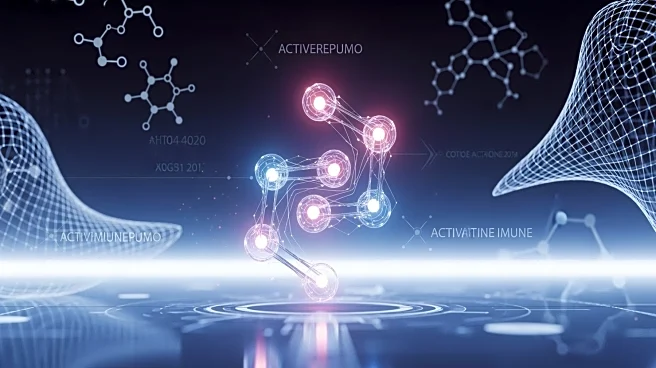What's Happening?
Researchers have developed LeGO-3D, a technique using light sheet fluorescence microscopy to image lung metastases and vascularization in 3D. This method allows for detailed visualization of cancer cell
interactions with blood vessels, aiding in the study of metastasis mechanisms. The technique involves culturing cancer cells, injecting them into mouse models, and using advanced imaging to analyze tumor growth and vascular patterns. LeGO-3D provides insights into how cancer cells extravasate and migrate, potentially informing future cancer treatments.
Why It's Important?
LeGO-3D represents a significant advancement in cancer research, offering a powerful tool for studying metastasis and tumor vascularization. Understanding these processes is crucial for developing targeted therapies that can prevent or treat metastatic cancer. The technique's ability to visualize cancer cell behavior in 3D enhances research accuracy and may lead to breakthroughs in cancer treatment strategies, benefiting patients and healthcare providers.
What's Next?
Researchers will likely continue to refine LeGO-3D and explore its applications in various cancer types. The technique may be used to test new cancer treatments and study their effects on tumor growth and metastasis. Collaboration between research institutions could accelerate the development of innovative therapies based on insights gained from LeGO-3D.
Beyond the Headlines
LeGO-3D highlights the importance of technological innovation in medical research, demonstrating how advanced imaging techniques can transform our understanding of complex biological processes. The method may inspire further exploration of 3D imaging in other areas of medicine, potentially leading to new diagnostic and therapeutic approaches.











